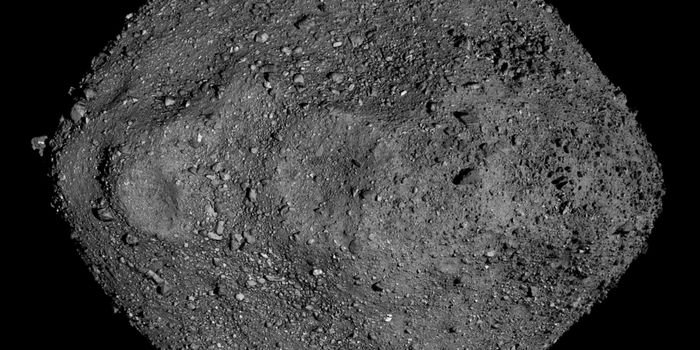Unveiling New Frontiers: Exploring Diverse Gravitational Waves in Deep Space
The National Science Foundation (NSF) recently awarded a three-year research grant to Dr. Benjamin Owen, who is a professor in the Department of Physics and Astronomy at Texas Tech University, to search and identify various kinds of gravitational waves that could be produced from a variety of objects throughout deep space, including neutron stars. While the existence of gravitational waves was first confirmed in 2015, this new research could expand upon the notion that gravitational waves comprise various forms.
“So far with gravitational waves we’ve seen what happens when you have two black holes and/or neutron stars spiraling together and merging,” said Dr. Owen, referring to their initial discovery in 2015. “There are new types of gravitational waves that have not been detected yet, but we know they are out there at some level.”
Dr. Owen has a successful history of being awarded NSF research grants for his research into gravitational waves and neutron stars, having previously received grants in 2003, 2009, and 2012. This most recent grant will enable Dr. Owen to gain better insights into the internal workings of neutron stars and how these processes result in various kinds of gravitational waves.
Neutron stars are the small, ultra-dense core remains of supermassive stars—stars that possess more than eight times the mass of our Sun—that ran out of fuel and produced a supernova explosion. While their radius is estimated to be only 10 kilometers (6.2 miles), their mass ranges between 1.5 to 2.9 of our Sun.
“Neutron stars are the most extreme form of matter in the modern universe,” said Dr. Owen. “We have learned a lot about them through various other means, but gravitational waves opened a new window looking directly inside them. Basically, the matter in the core of a collapsing star, when it’s squished down to this incredible density, causes things to happen that you don’t see anywhere else in the universe since the Big Bang.”
While Dr. Owen’s research has been conducted with the Laser Interferometer Gravitational-Wave Observatory (LIGO), this research will help lay the groundwork for upcoming Cosmic Explorer observatory, which is scheduled to be fully operational within the next 15 years.
What new discoveries will this research make about neutron stars and gravitational waves, and what else will we learn about them in the coming years and decades? Only time will tell, and this is why we science!
As always, keep doing science & keep looking up!
Sources: EurekAlert!, California Institute of Technology, Wikipedia, Texas Tech Today, National Science Foundation, National Science Foundation (1), National Science Foundation (2), European Space Agency, EarthSky, California Institute of Technology (1), National Science Foundation (3)








